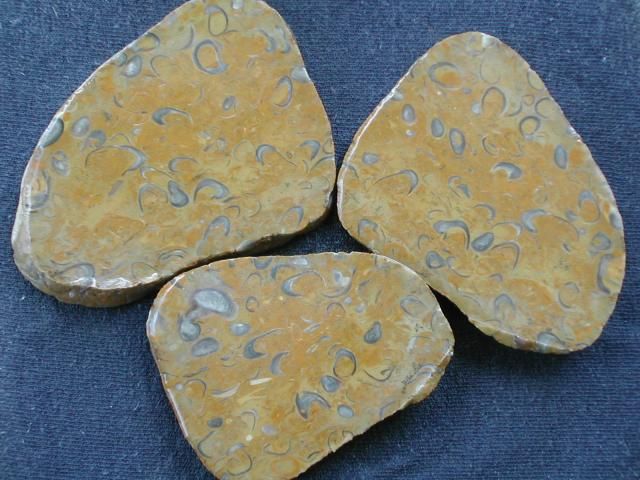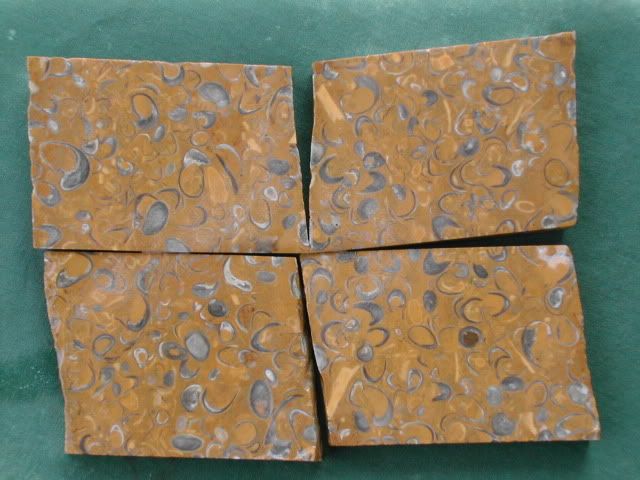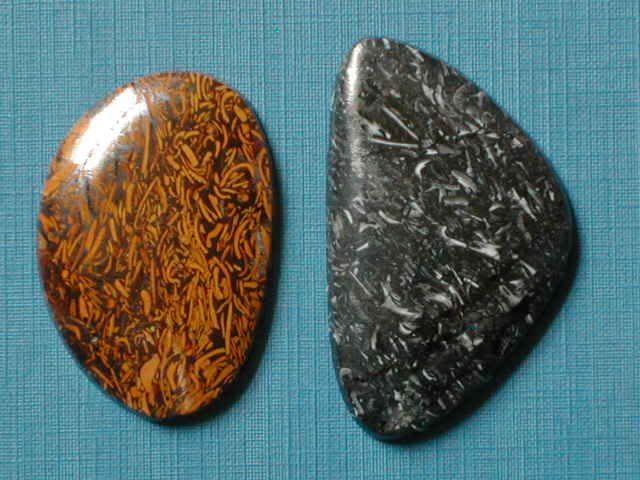|
|
Post by fernwood on Aug 7, 2016 21:25:11 GMT -5
No photo, too dark. But a question. What would soft clam shells embedded in sandstone like material be considered? They are not fossilized, as I can peel them off with my fingernail. They are about the same consistency as small freshwater clams, but white.
Picked up some of this stuff when I was in college at Menomonie, WI. The area was know as Paradise Valley along the Red Cedar River. It is now a State Trail, and the pristine beauty of the area is gone. Replaced with trails and boardwalks.
Will try to get a photo tomorrow, as I just brought them back from my old place today.
|
|
Sabre52
Cave Dweller  Me and my gal, Rosie
Me and my gal, Rosie
Member since August 2005
Posts: 20,492
|
Post by Sabre52 on Aug 8, 2016 12:50:00 GMT -5
If the shells are relatively tiny, the material would be called Coquina after the small clams by that name. Occurs commonly in sandstone in Commiefornia and other areas, limestone and even chert here in Texas. India has a popular type known as Arabic writing stone that is tiny gold colored clam shells in a fairly hard reddish limestoney stuff. The Texas common form is tiny oysters and is called Devil's Toenails after the fossil oyster of the same name. In most varieties the actual shell material is still present but in the best types the calcium shell has been infused with enough silica to make it very polishable. Pics of Texas devils toenails:    Indian form left and Commiefornia Coquina right cabbed.  If it's in fine grained limestone, it will polish up real nice. If in sandstone, usually it's too soft and porous to be anything but a specimen....Mel |
|
|
|
Post by fernwood on Aug 13, 2016 6:35:41 GMT -5
Thanks.
|
|